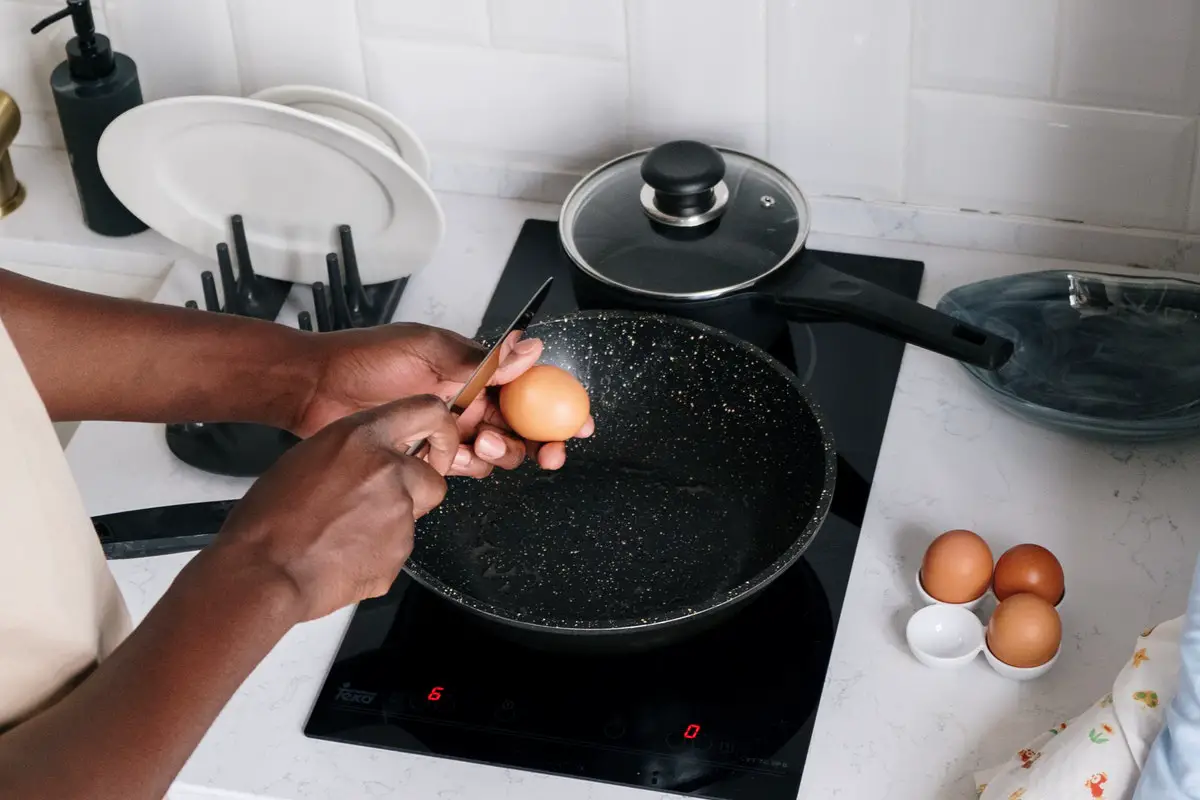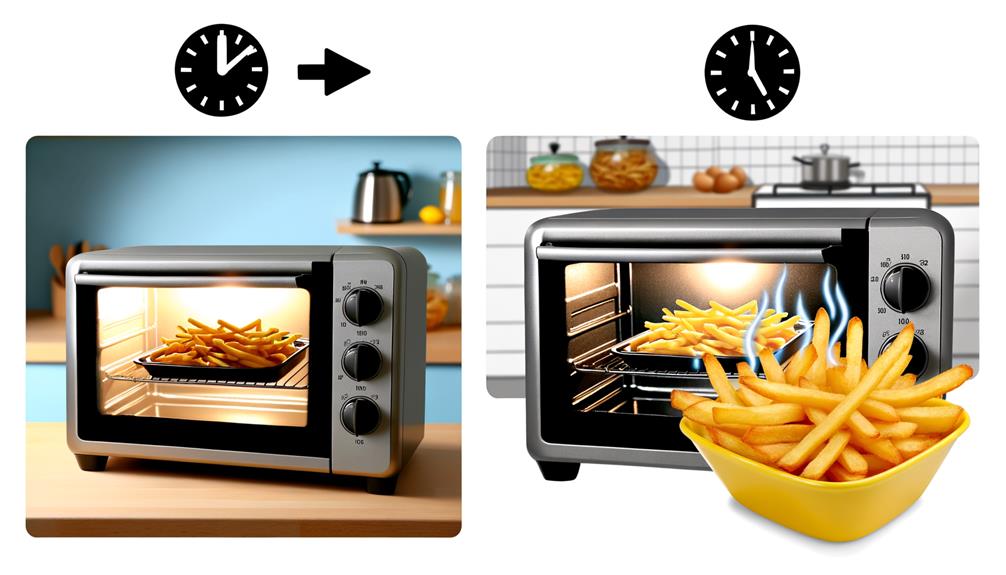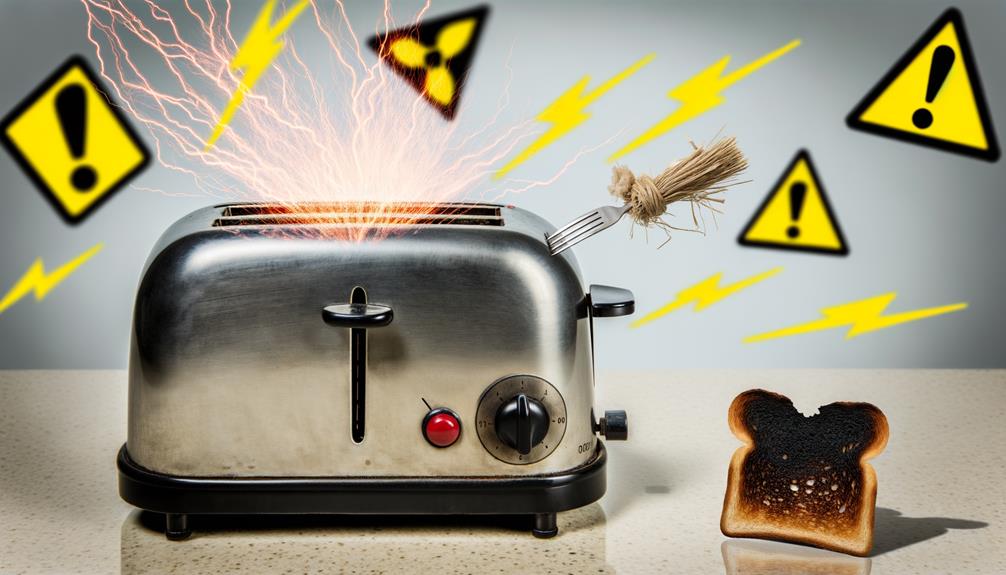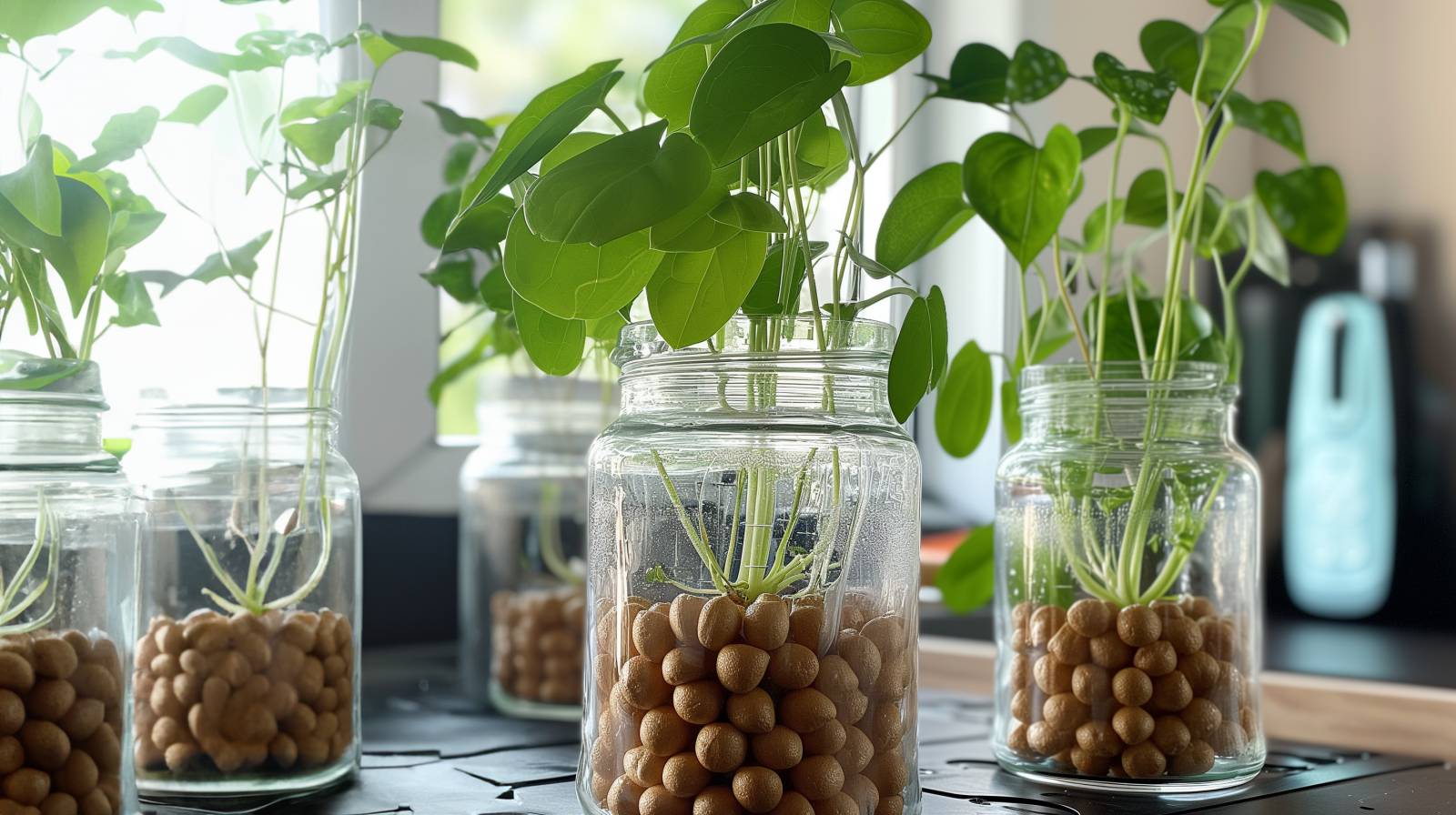In spite of the self-cleaning qualities of most kinds of electric stovetops, some spills and messes will require more thorough cleaning.
Table of Contents
ToggleAdditionally, your burners will slowly build up an accumulation of grime over time.
A damp rag can be used to wipe down your stovetop, and then your stove burners can be turned on high to treat the surface.

By scrubbing burners and the areas under burners clean, you can get rid of dirt on your stove.
By using liners and wiping up messes as soon as possible, you can keep your stovetop in good shape.
In the guide below, we are going to present you with a step-by-step guide that will help you achieve the most successful cleaning job you have ever achieved on your electric stove.
Take your time when performing each step and thoroughly clean and wipe each section of your electric stovetop to ensure the best results.
Preparing Your Stovetop For Cleaning
This section is all about preparing your stovetop for a nice deep clean.
Here we will break down all the precautions you need to be taking care of before you go ahead and start cleaning it further.
Start Wiping It Down
It is a good idea to keep burners cool to the touch. If you are using a dish towel or a cloth, make sure it is clean and lint free. Soak it in water thoroughly.
Squeeze out as much moisture as possible. You should lightly wipe all stovetop surfaces, as well as the tops and sides of coil burners.
Depending on the type of stovetop, you may only have a flat surface without coiled burners, like a glass top stove.
Usually, these stoves can be cleaned simply by wiping them with a suitable cleaning agent, such as a kitchen surface cleaner.
You should clean your stovetop with lint-free cloths only. This is because, when you turn on the coil burners later, any lint left behind will cause them to smoke unpleasantly..
Heat Up The Burners
If your stove has this feature, turn the heat up high, and the burners will automatically clean themselves afterward. Dirt will be mostly burned off with the high heat of the coiled burner.
It does, however, only reduce dirtiness in some cases. If dirtiness is excessive or stubborn buildup is present, a thorough cleaning is required.
Smoke may be produced by this technique. However, it’s not harmful. Whenever your burners stop producing smoke, that means they have burned off everything they can.
The burners should be turned off at this point and you should refrain from touching the burners with your bare hands after they’ve been turned off. Burns can occur if you do so.
Time To Take Off The Burners
Next, the stove’s burners need to be removed. They should be completely cool before being handled.
It is generally possible to remove coil burners by tugging them in the opposite direction from their connection to the stove, then lifting them.
Additional fasteners may be present on some stoves. Having trouble removing your stove’s burners? Refer to your user manual.
Look up the make and model number of your stove online if you don’t have a manual for it, you can find an appliance manual online for most models.
Getting Rid Of That Dirt

Getting your electric stovetop clean is the subject of this section. It’s all about getting rid of that dirt that refuses to come off and needs a thorough cleaning.
Scrubbing Hard
Ensure that the end of a coil burner that is connected to a stove and that supplies electricity to the coil does not get wet.
Wring out any moisture from your rag by washing it in warm water and squeezing it tightly until almost all of the moisture has gone.
To clean the coil burners, apply dish soap to a rag. Especially dirty burners may require surface cleaning with water.
Separately clean and dampen a separate, lint-free dish rag to wipe dirty burner surfaces.
Bring Out The Baking Soda
Cleaning stubborn buildup is easy with baking soda.
Combine half a cup baking soda with three tablespoons of water in a small bowl or cup. The mixture should form a paste. Soak dirty burners in this paste for twenty minutes.
You can remove the baking soda paste by wiping it away with a clean, damp cloth. Rinse the cloth regularly to get rid of the paste.
Almost any part of the stove can be cleaned with this baking soda paste. Consider saving some to clean underneath burners, for instance.
Cleaning Beneath The Burners
You can clean these areas by wiping them down with a dishrag, warm water, and some liquid dish soap. If you have any baking soda paste left, you can use it as a soap substitute.
Use a cleaning pad to lightly scrub dirty areas. Be careful not to get the socket connection wet.
Depending on the amount of gunk on your cooktop, you may need to use a scraper. In order to prevent scratches to your stovetop, these are often made of hard plastic.
Putting Your Stovetop Back Together
Use a dry, clean, lint-free dish towel to wipe your stovetop and coil burners.
Then, reposition the burners on the stove. Depending on how you want to use your stovetop, you will need to run each burner to make sure it is installed correctly.
Having done this your stove will be back in its original state and in working order.
Keeping Your Stovetop Maintained
You will learn how to maintain and operate your stovetop without any problems in this section.
As a result, you will be able to determine what steps need to be taken to keep it clean and save you time.
Use Liners
Line the burners with liners to prevent messes. Coil burner drip pans are located below the sunken burner surfaces. This area of the stove is prone to getting dirty quickly.
With drip pan liners, you can reduce the time and effort spent on cleaning.
You can find them at most grocery stores and supermarkets. You can also use aluminum foil to make drip pan liners to save money.
The foil should be laid down on the bottom of the drip pan and discarded when dirty.
Start Cleaning More Often
As soon as a mess occurs, wipe it up. It is important to wipe the cooktop clean with a lint-free cloth after it has cooled. Maintaining a well-kept stove will look neat and tidy.
Furthermore, it reduces the amount of buildup that can be difficult to remove.
Getting into the habit of cleaning the stove lightly every day will make it easier to maintain. If you remember to do this regularly, you will have an easier time cleaning it.
Setting Dates For Deep Cleaning
Keep your stove clean by deep cleaning it regularly. The surfaces of your stovetop will become stained by spills and spatter over time, even if you clean them as they occur.
Plan a date on which you will clean your electric stove burners so that you can keep them in good working order.
Summary
The steps that you need to take in order to clean your electric stovetop have been outlined in this guide for you to follow.
In order for no aspect of the electric stovetop to be missed, we have pointed out all the areas so that it is cleaned well.
Remember that these tips aren’t your only options when it comes to cleaning an electric stovetop.
These are just some of the easiest, most effective, and most affordable methods available.
Consult your appliance’s owner’s manual before using any other method to ensure you won’t damage it.
Frequently Asked Questions
How Often Should You Clean Your Stove?
The best thing to do after using your stovetop is to wipe it down. By doing so, you will prevent food debris from sticking to the stove and making it more difficult to remove later.
A deep cleaning of your stove should be done once a month in addition. Likewise, your oven should be cleaned once a month.
How Long Does It Take To Clean A Stove Top?
We recommend that you dedicate about 15 minutes to cleaning your stovetop. This will give you enough time to thoroughly check all of the spots on your stovetop and not miss anything.









